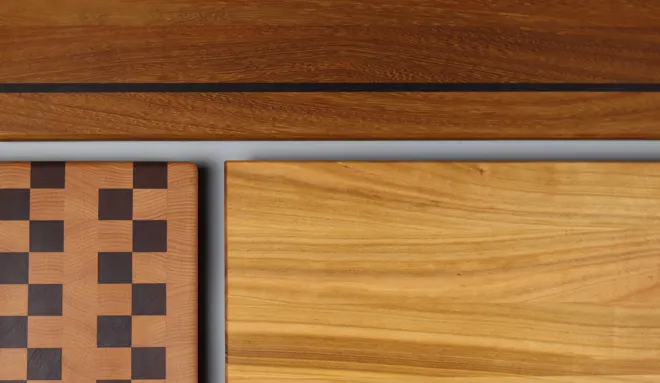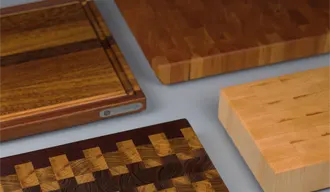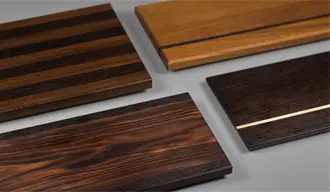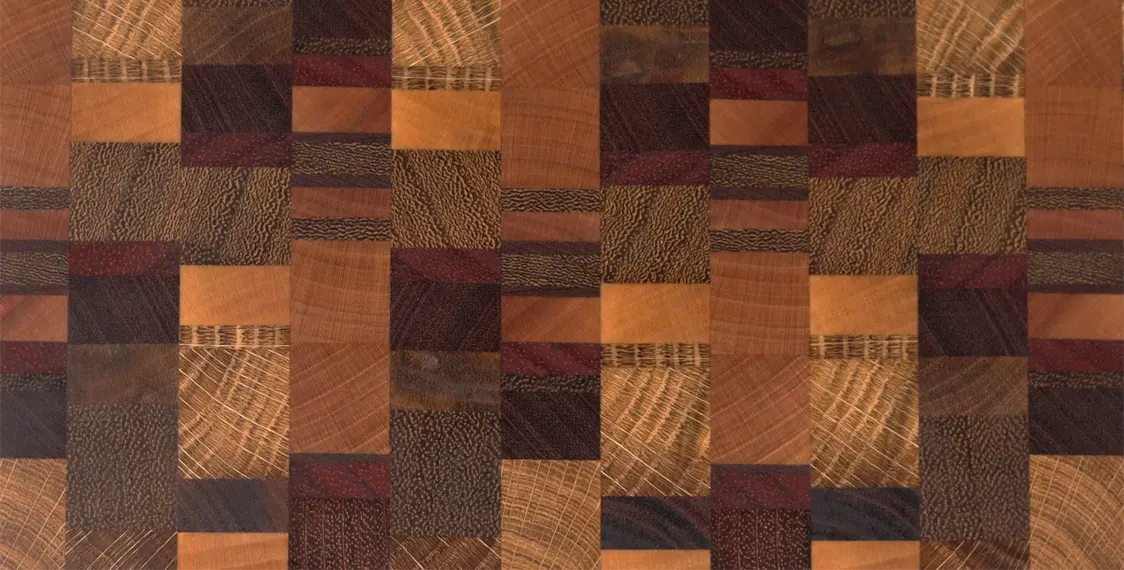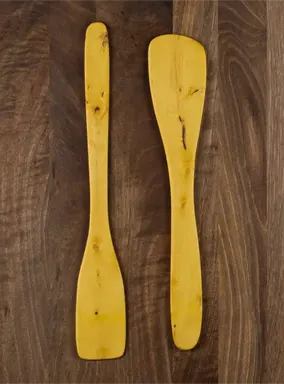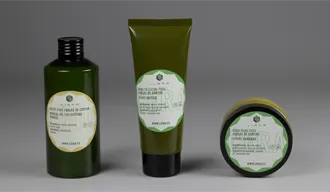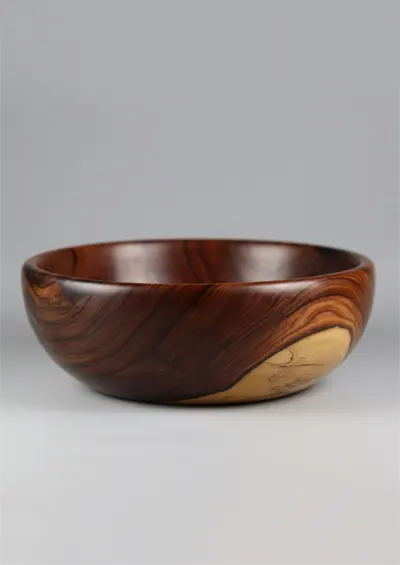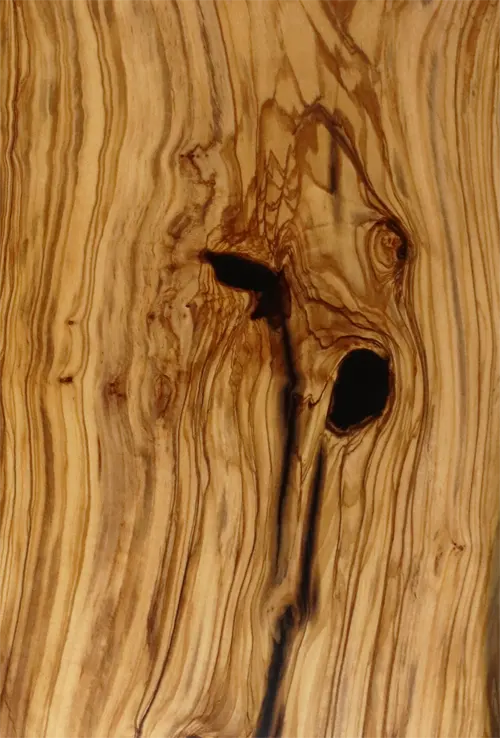Birch Wood: Uses and Characteristics
Birch wood is one of the most valued woods for its clear appearance and ease of workability.
This wood is widely used in a variety of applications ranging from furniture to kitchen utensils.
In this article, we will analyze in detail the main characteristics of birch wood and its most common uses.
What is Birch Wood?
Birch wood comes from the genus Betulawhich includes several species of trees distributed mainly in the northern hemisphere, in regions such as Europe, Asia and North America.
It is a light-colored leafy wood, varying from creamy white to pale yellow, giving it a clean, modern appearance.
Its grain is generally straight, although it can sometimes be slightly wavy, and its texture is fine and uniform.
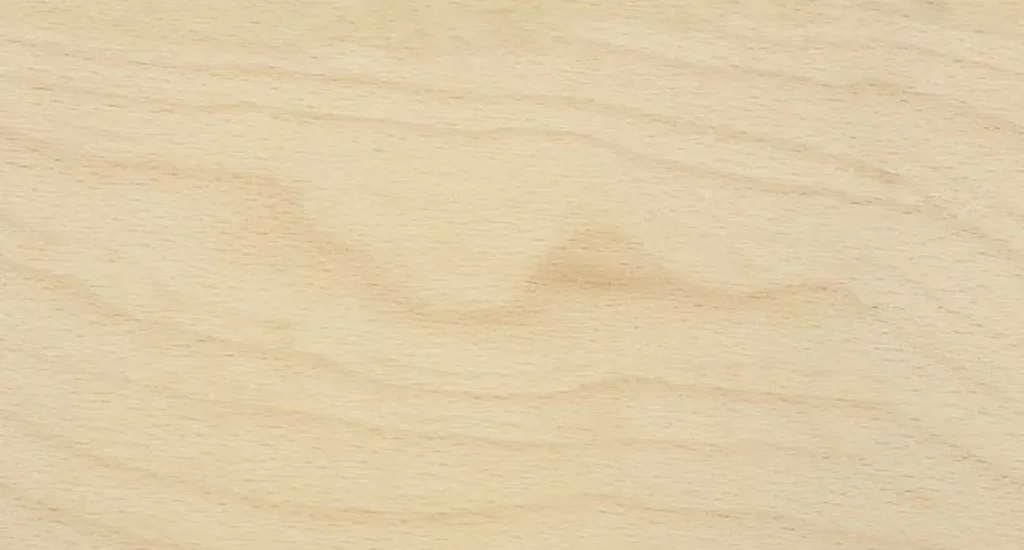
Properties of Birch Wood
Density and Hardness
Birch has a medium density, with values around 650 kg/m³, giving it moderate strength. Although it is not as hard as other woods, it is still strong enough for a wide range of applications, maintaining a good balance between durability and workability.
Appearance
Birch wood is known for its light tone and fine grain, which makes it an aesthetic choice for furniture and decorative objects. Its neutral tone makes it suitable to be stained, varnished or used in its natural state for elegant finishes.
Ease of Work
One of the greatest advantages of birch wood is its ease of workability. It cuts, sands and drills without difficulty, and its ability to receive finishes well makes it popular in applications requiring fine detail.
Stability of birch wood
Despite its moderate strength, birch has good dimensional stability. This means that it does not warp easily due to changes in humidity or temperature, making it a good choice for cutting boards.
Uses of Birch Wood
Furniture Manufacturing
Solid birch wood is widely used in furniture making because of its ease of workability and its clean, clear appearance. It is especially popular in modern and minimalist furniture, where its neutral tone and ability to be stained to suit various decorative styles make it very versatile.
Cutting Boards and Kitchen Utensils
Given its moderate strength and light tones, birch is a common choice for the manufacture of low-cost cutting boards and kitchen utensils, for example in restaurant serving boards. Its density allows it to withstand daily use in the kitchen, while its low porosity helps maintain hygiene in these products.
Coatings and Flooring
Birch hardwood is also used in the production of cladding and flooring, especially in those projects that require a light and bright appearance. Its ability to withstand moderate traffic makes it suitable for residential flooring, while its fine grain provides an elegant finish.
Decorative Objects and Toys
Because of its ease of workability and safety, birch is frequently used in the manufacture of decorative objects and wooden toys. The smooth surface and ability to receive quality finishes make birch ideal for products that require a polished and safe appearance for children’s use.
| Property | Value / Description |
|---|---|
| Scientific name | Betula pendula / Betula pubescens |
| Density | 640–670 kg/m³ (semi-heavy wood) |
| Brinell hardness | 3.3 (semi-hard wood) |
| Janka hardness | 1.260 lbf (5.610 N) |
| Flexural strength | 120–144 N/mm² |
| Compressive strength | 42–60 N/mm² |
| Shock resistance | 7.5–10.0 J/cm² (dynamic flexure) |
| Radial shrinkage at 1% humidity | 0,18–0,24% |
| Tangential shrinkage at 1% humidity | 0,26–0,31% |
| Dimensional stability | Good; volumetric shrinkage coefficient: 0.38% |
| Drying process | Fast, with risk of discoloration and deformations |
| Ease of work | Good; easy to saw, plane, and glue; requires pre-drilling for nails and screws |
| Natural durability | Not durable against fungi; sensitive to insects |
Birch Wood Advantages and Considerations
Advantages:
- Appearance: Its light color and uniform grain make it perfect for projects where a clean, modern look is desired.
- Ease of work: It is a wood that is easy to handle and responds well to a variety of finishes, making it ideal for detailed work.
- Cost: Birch is an affordable and widely available option, making it an economical choice for many projects.
Considerations:
- Moderate strength: Although it is a durable wood, it does not have the strength of other harder woods such as oak or oak, so it may not be the best choice for projects that need to withstand heavy use.
- Limited outdoor use: Although strong, birch wood is not ideal for outdoor use, as it is susceptible to moisture and requires proper treatment to resist weathering.
Conclusion
Birch wood is a versatile and aesthetically appealing choice for a wide variety of applications, from furniture to kitchenware.
Its ease of workability, combined with its light and modern appearance, makes it a popular wood for both joinery and decoration.
Although it has some limitations in terms of strength, its balance between workability, appearance and cost makes it ideal for interior projects that seek a clean and elegant aesthetic.
If you want a service or cutting board made of birch, contact us in our customization section.
FAQ: Frequently Asked Questions About Birch
What is birch wood?
Birch wood comes from trees of the Betula genus, such as Betula pendula and Betula pubescens, and is characterized by its light color and fine grain.
What are the properties of birch wood?
It is a semi-heavy and semi-hard wood, with good dimensional stability and easy to work, although it requires treatments to improve its durability.
What is birch wood used for?
It is used in the manufacture of plywood, interior furniture, carpentry, decorative veneers, and sporting goods.
Is birch wood durable?
It has good mechanical resistance, but is sensitive to attack by fungi and insects, so its use is recommended indoors or with appropriate treatments.
What is the color of birch wood?
It presents tones ranging from yellowish white to soft orange-white, offering a uniform and clear appearance.
Is birch wood easy to work with?
Yes, it’s easy to saw, plane, and glue; however, pre-drilling for nails and screws is recommended due to its hardness.
Is birch wood suitable for outdoors?
It is not recommended for outdoor use without treatment, as it is sensitive to moisture and attack by fungi and insects.
What finishes can be applied to birch wood?
It accepts varnishes and paints well, although stains may present uneven results due to its fine grain.
Where is birch commonly found?
Birch is native to Europe and Asia, and is commonly found in temperate and boreal regions.
Is birch wood sustainable?
Yes, especially when it comes from sustainably managed forests, as birch grows quickly and regenerates easily.
Otras entradas del blog
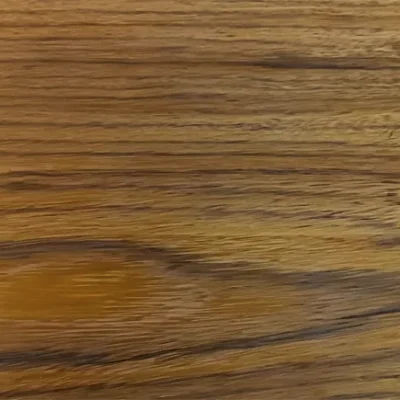
Suar wood: uses and characteristics
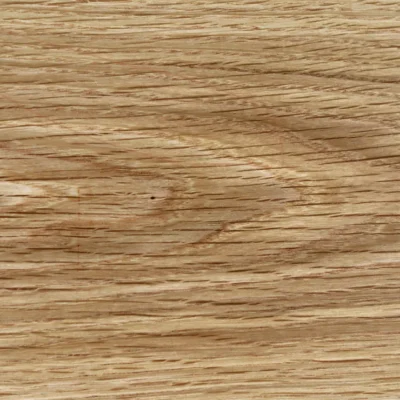
Oak Wood: Uses and Characteristics
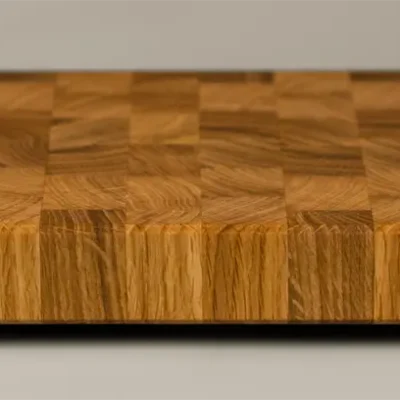
Good Wood for Cutting Boards
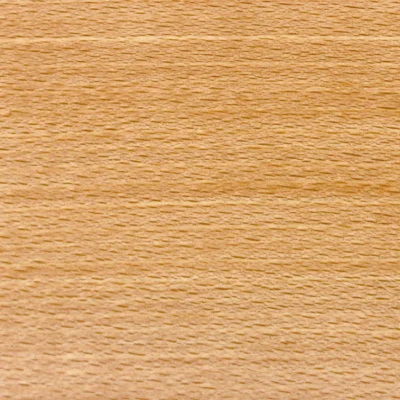
Beech Wood: Uses and Characteristics
Nuestras tablas de cortar:
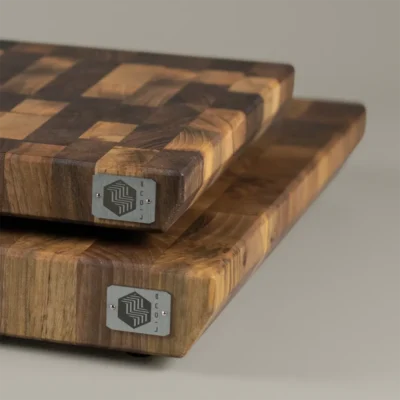
Pura
Walnut walnut butcher block
(copia)
Pura
Walnutwalnut butcher block
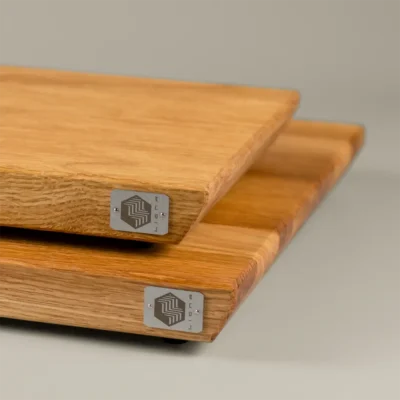
Linea
Oak oak cutting board
Linea
Oakoak cutting board
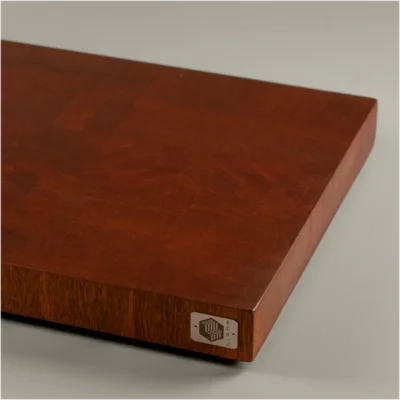
sapele end grain

Pura
Walnut walnut butcher block
Pura
Walnutwalnut butcher block
